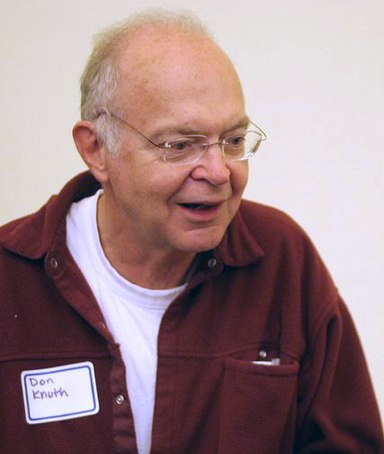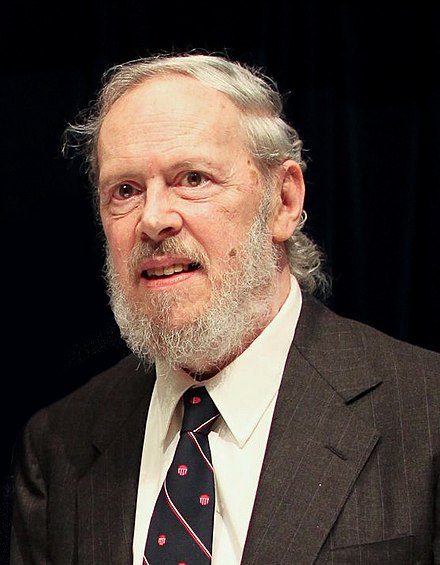
Go to the roots of these calculations! Group the operations. Classify them according to their complexities rather than their appearances! This, I believe, is the mission of future mathematicians. This is the road on which I am embarking in this work.
Ne pleure pas, Alfred ! J’ai besoin de tout mon courage pour mourir à vingt ans ! (Don’t cry, Alfred! I need all my courage to die at twenty!) - Évariste Galois(1811 – 1832)
No episode in the history of thought is more moving than the life of Evariste Galois — the young Frenchman who passed like a meteor about 1828, devoted a few feverish years to the most intense meditation, and died in 1832 from a wound received in a duel, at the age of twenty. He was still a mere boy, yet within these short years he had accomplished enough to prove indubitably that he was one of the greatest mathematicians of all time. When one sees how terribly fast this ardent soul, this wretched
and tormented heart, were consumed, one can but think of the beautiful meteoric showers of a summer night. But this comparison is misleading, for the soul of Galois will burn on throughout the ages and be a perpetual flame of inspiration. His fame is incorruptible; indeed the apotheosis will become more and more splendid with the gradual increase of human knowledge. (George Sarton)
The Paris circles with their intensive mathematical enterprise, produced around 1830 with Evariste Galois a genius of the highest quality, who, like a comet, vanished just as fast as he had appeared. (Dirk Jan Struik)
In many ways, Galois is to be regarded as the father of modern algebra.
Several hundred years passed without anyone finding a radical formula for the roots of a general quintic polynomial. There was a good reason for this. There is no such formula. Nor is there a formula for polynomials of degree greater than 5. This fact was first established in the early nineteenth century by Abel(who died aged twenty-six), after which Galois(who died aged twenty-one) built an entirely new theory of equations that not only explained the nonexistence of formulas but laid the foundations for a whole edifice of algebra and number theory known as Galois theory, a major area of modern-day research. (The Princeton Companion to Mathematics - Part V Theorems and Problems, V.21 The Insolubility of the Quintic, by Martin W. Liebeck)
The great Austrian mathematician Emil Artin wrote about Galois, “Since my mathematical youth, I have been under the spell of the classical theory of Galois. This charm has forced me to return to it again and again.”
Galois’s invention of groups was a stroke of genius. After all, the great mathematician Abel, who worked on the problem of solvability by radicals at the same time, did not come up with group theory. Indeed, only Cauchy, on his return to France in the 1840s, seemed to appreciate Galois’s achievement, and Cauchy’s intense group theoretical studies led to the use of group theory in other fields of mathematics. (Joseph Rotman, the University of Illinois)
Galois wrote three letters the night before he was entangled in the game of Russian roulette that led to his death. One of these had further details of the brilliant mathematical theory he had developed. Mathematician Hermann Weyl said of this testament, “This letter, if judged by the novelty and profundity of ideas it contains, is perhaps the most substantial piece of writing in the whole literature of mankind.” After his tragic death, his brother passed his papers to a leading French mathematician, Joseph Liouville, who edited Galois’s collected works for publication in 1846. Only then did his extraordinary brilliance become apparent to the mathematical world.
The main object of Évariste Galois’s investigations is the conditions of solvability of equations by radicals. The author constructs the fundamentals of a general theory which he applies in detail to any equation whose power is a prime number. ・・・ my diligence was rewarded and I felt extraordinary content at the moment when, having made some minor corrections, was convinced in the validity of the method Galois used to prove this beautiful theorem. (Joseph Liouville)
But Liouville’s article was still too far-fetched for other mathematicians to enjoy and understand. It took another 24 years to find a French mathematician outstanding enough to better understand Galois and make his ideas limpid. This outstanding mathematician is Camille Jordan. In fact, Jordan’s 1870 book on Galois theory was so well-written that German mathematician Felix Klein found it as readable as a German book!
It would take another 82 years for the great Austrian mathematician Emil Artin to finally give the Galois theory its modern form.
Instead of using infinite groups, Galois began with a particular equation and constructed his group from a handful of solutions to the equation. It was groups from the solutions to quintic equations which allowed Galois to derive his results about these equations. A century and a half later, Wiles would use Galois’s work as the foundation for his proof of the Taniyama—Shimura conjecture. (Fermat’s Last Theorem, Simon Singh)
There is a general principle, which is very fruitful in mathematics that if you want to learn something about a mathematical object, investigate its automorphism group (Symmetry, Hermann Weyl)
Galois theory paved the way for modern algebraic thinking.
Galois theory is a very difficult topic usually only introduced in the final year of an undergraduate mathematics degree.
Felix Klein: There is a contradiction here that should be deplored by both students and teachers. On the one hand, instructors are eager to teach Galois theory because of the brilliance of its discovery and the far-reaching nature of its results; on the other hand, this subject presents immense difficulties to the average beginner’s understanding. In most cases the sad result is that the instructors’ inspired and enthusiastic efforts make no impression on most of the audience, awaken no understanding. The particular difficulty of the task which Galois theory presents to the expositor must bear its share of the blame for this result.
Galois theory is a very big subject, and until you are quite immersed in mathematical study in a way which is unusual unless studying for a degree in maths, it can seem quite pointless.
To understand Galois theory, you have to be comfortable with vector spaces and finite group theory. If you are not comfortable with those concepts, you should learn those first. Do not attempt to study Galois theory or any mathematical subject before you’ve mastered the prerequisites. It’s pointless, frustrating, and damaging.
Before embarking on the study of Galois theory, you will need to have mastered basic linear algebra really well, up to and including linear algebra over arbitrary fields, the idea of dimension, linear transformations, kernels, images, subspaces, bases and linear independence.
A better preparation includes knowing about groups, homomorphisms, the isomorphism theorems, permutations and parity, cyclic groups, abelian groups and ideally solvable groups. A good first course in group theory will make it a lot easier for you.
- Trying to understand the Galois correspondence
- The Revolutionary Galois Theory
- What is Galois Theory Anyway?
- An Introduction to Galois Theory
- Galois Theory
- What is the best way to learn Galois theory?
- The tragic, brief life of Évariste Galois
- Galois Groups and the Symmetries of Polynomials
- For the Love of Mathematics
- ‘Groups’ Underpin Modern Math. Here’s How They Work.
- Galois’ Enduring Legacy




